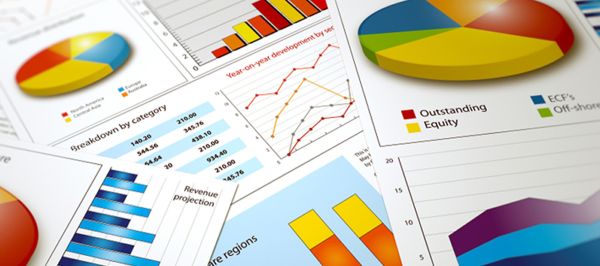- By Rupert Waters, Head of Economic Research, Buckinghamshire Business First
- 21 March, 2018

Share by email
The latest research on Buckinghamshire's economy is in, giving us a greater understanding of how business, social and economic landscapes are changing over time.
House prices
Buckinghamshire’s average house price rose for a second successive month in January to start the year at a record high of £413,964. Over the last year, Buckinghamshire’s average house price has increased by 5.2 per cent, or £20,543, above the national and regional rates of increase but ranking only 16th among the 27 county council areas.
Read the full report on Buckinghamshire’s house prices >
Gross Value Added
Buckinghamshire’s gross value added (GVA) rose 2.8 per cent in 2016 to reach £16.1bn. This was the second time in four years that Buckinghamshire has failed to better the national rate of growth.
Read the full report on Buckinghamshire’s GVA >
Jobs density
There were 280,000 jobs in Buckinghamshire in 2016, 0.86 for every working age resident, giving Buckinghamshire the 12th highest jobs density among the 27 county councils, ranking 15th among the 38 Local Enterprise Partnerships (LEPs).
Read the full report on Buckinghamshire’s jobs density >
Claimant count
Buckinghamshire’s claimant count rose by 105 in February to stand at 3,075, the highest level since September 2014. Despite this second successive monthly increase, at 0.9 per cent of working age residents Buckinghamshire’s claimant count rate remained the 3rd lowest rate among the 38 Local Enterprise Partnerships, ranking 4th lowest among England’s 27 county council areas.
Read the full report on Buckinghamshire’s claimant count >
Buckinghamshire's changing labour market
An overview of Buckinghamshire's changing labour market >







